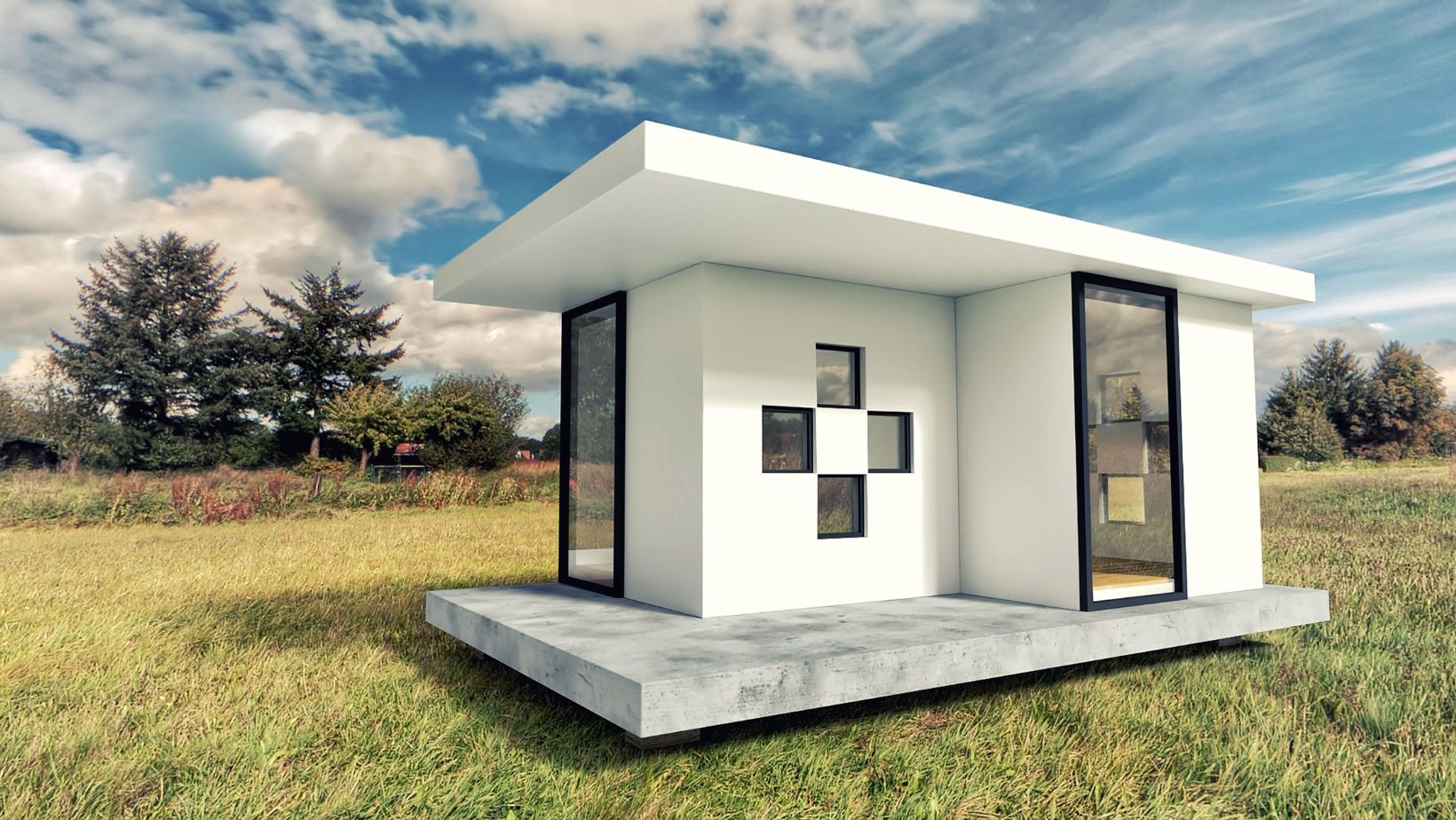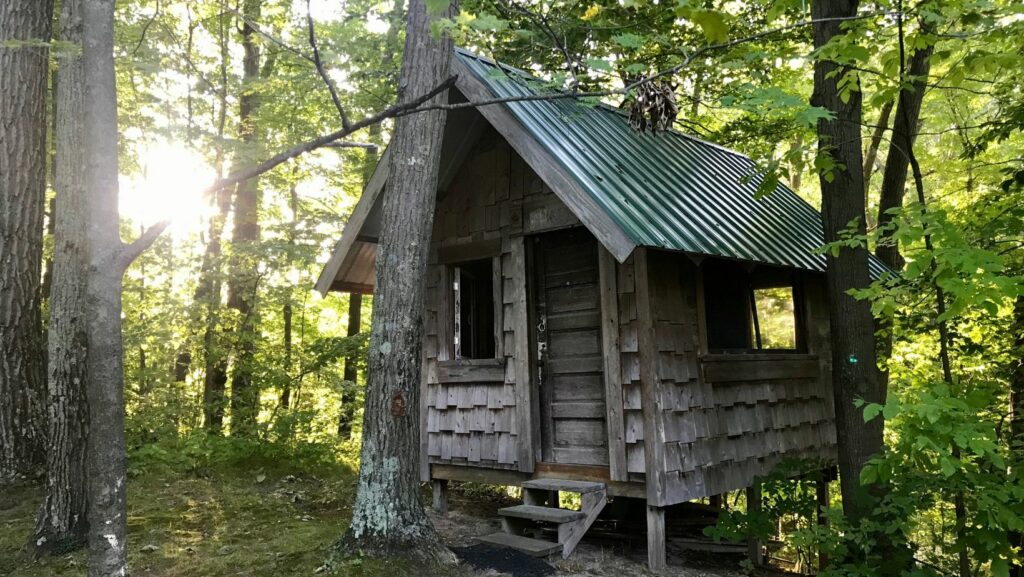
The sustainability of yurts vs tiny houses is a highly debated topic. Some people believe that yurts are more sustainable than tiny houses because they require less energy to heat and cool. Others believe that tiny houses are more sustainable because they use less resources overall. There is no clear answer, but both sides have valid arguments.
Yurt vs Tiny House
I want to explore the idea of yurts vs tiny houses. I think there are a lot of benefits to both, but I want to find out which one is more sustainable. I’ll be looking at the materials used, the energy required to build and maintain them, and the waste produced.
Yurt History
The yurt is a type of tent that was traditionally used by nomadic people in Central Asia. The structure is made from wooden lattice walls and a fabric cover, and it can be assembled and dismantled relatively easily. Today, yurts are still used by some nomadic groups, but they have also become popular as temporary structures in developed countries. Yurts can be used as everything from vacation homes to guest houses to office space.

Yurt Materials
The typical yurt is built with a wood frame and covered with some combination of fabric, felt, and skins. The door is usually a heavy fabric that can be tied closed, and the windows are small openings covered with some type oftransparent material like plastic. In most cases, the yurt can be taken apart and transported to another location.
A yurt typically has a central decorative skylight, which also serves as a vent for smoke from the stove or lanterns. The sides of the yurt are usually latticed to provide extra ventilation in hot weather. Yurts can be insulated against both heat and cold with different materials like straw, rugs, and furs.
Yurt Sustainability
There has been a recent trend in the housing market towards “tiny houses” and other forms of alternative housing. Many people are interested in these options for environmental reasons, as they often require less energy to heat and cool than a traditional home. Yurts are another type of alternative housing that has been gaining popularity in recent years. But what are yurts, and how do they compare to tiny houses in terms of sustainability?
Yurts are portable, circular dwellings that have been used by nomadic peoples for centuries. They are made from a wooden frame covered with fabric or felt, and typically have a skylight in the center. Yurts can be set up relatively quickly and easily, making them a popular choice for people who want to live off the grid or in other remote locations.
In terms of sustainability, yurts have several advantages over tiny houses. First, yurts can be dismantled and moved if necessary, which means they can be adapted to changes in the environment or local regulations. second, Yurts require less energy to heat and cool than traditional homes, making them more efficient and environmentally friendly. Finally, yurts typically use natural materials like wood and fabric, which decompose more easily than synthetic materials like plastic or metal.

Overall, yurts offer a number of advantages over traditional homes and other alternative housing options liketiny houses. If you’re looking for an eco-friendly and sustainable option for your next home, consider a yurt!
Tiny House
Yurts have been used for centuries as a type of portable housing. They are easy to set up and take down, which makes them ideal for people who move often. Yurts are also very eco-friendly because they are made of sustainable materials. Tiny houses are a newer concept, but they are quickly gaining popularity. Tiny houses are also very eco-friendly and are often made of sustainable materials. They are also easier to move than a traditional house.

